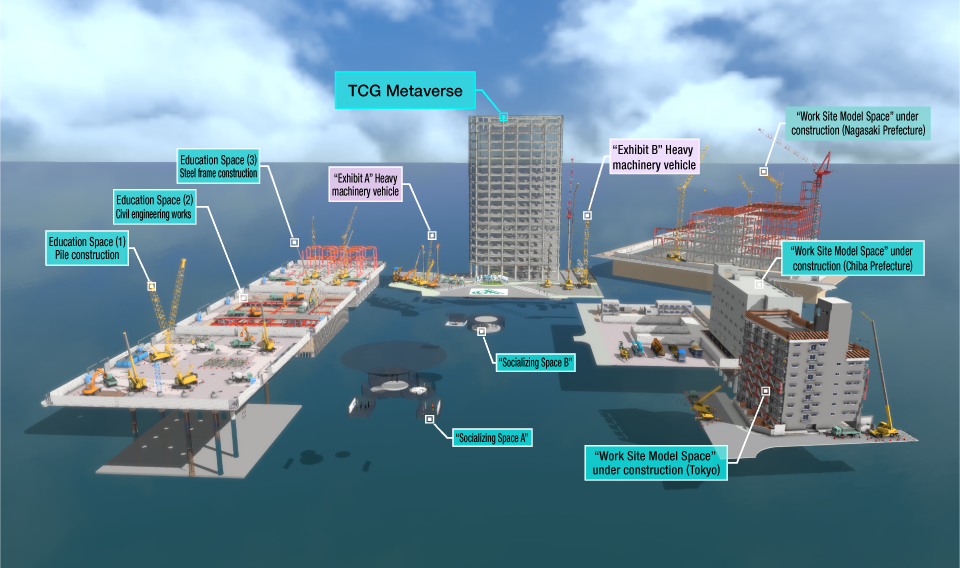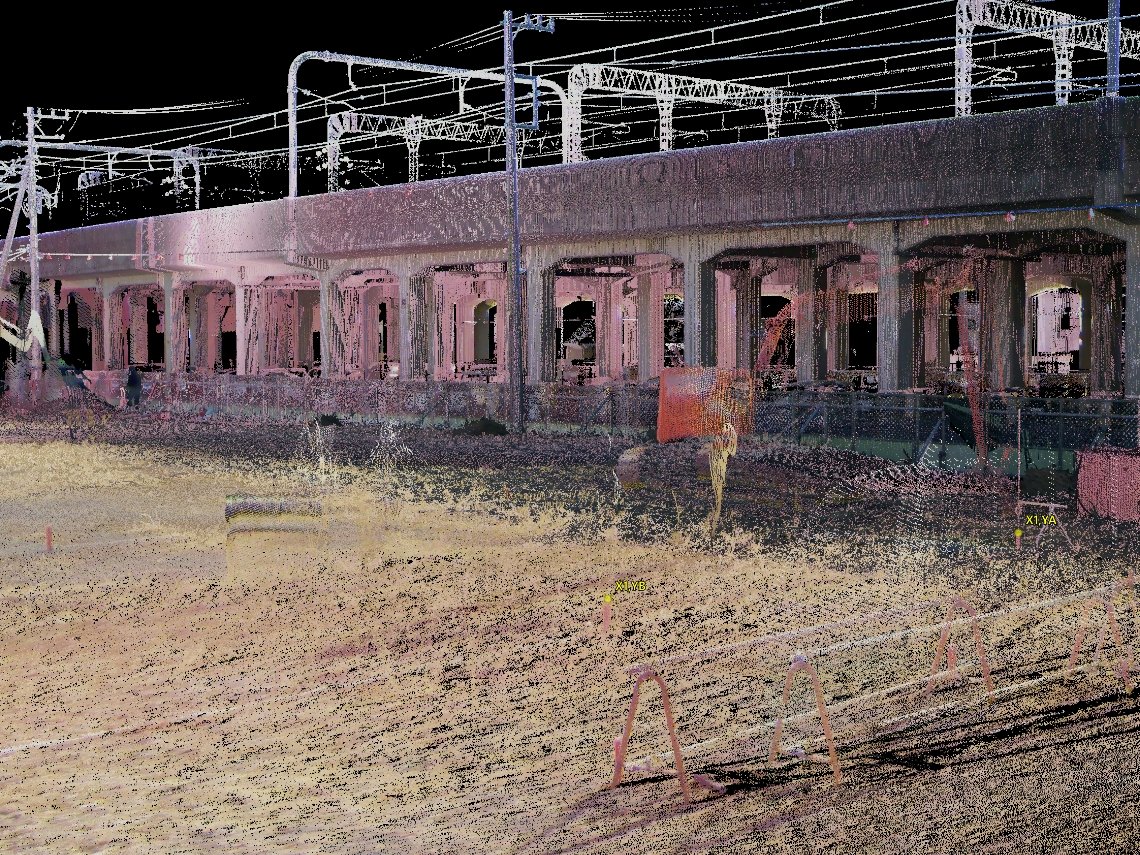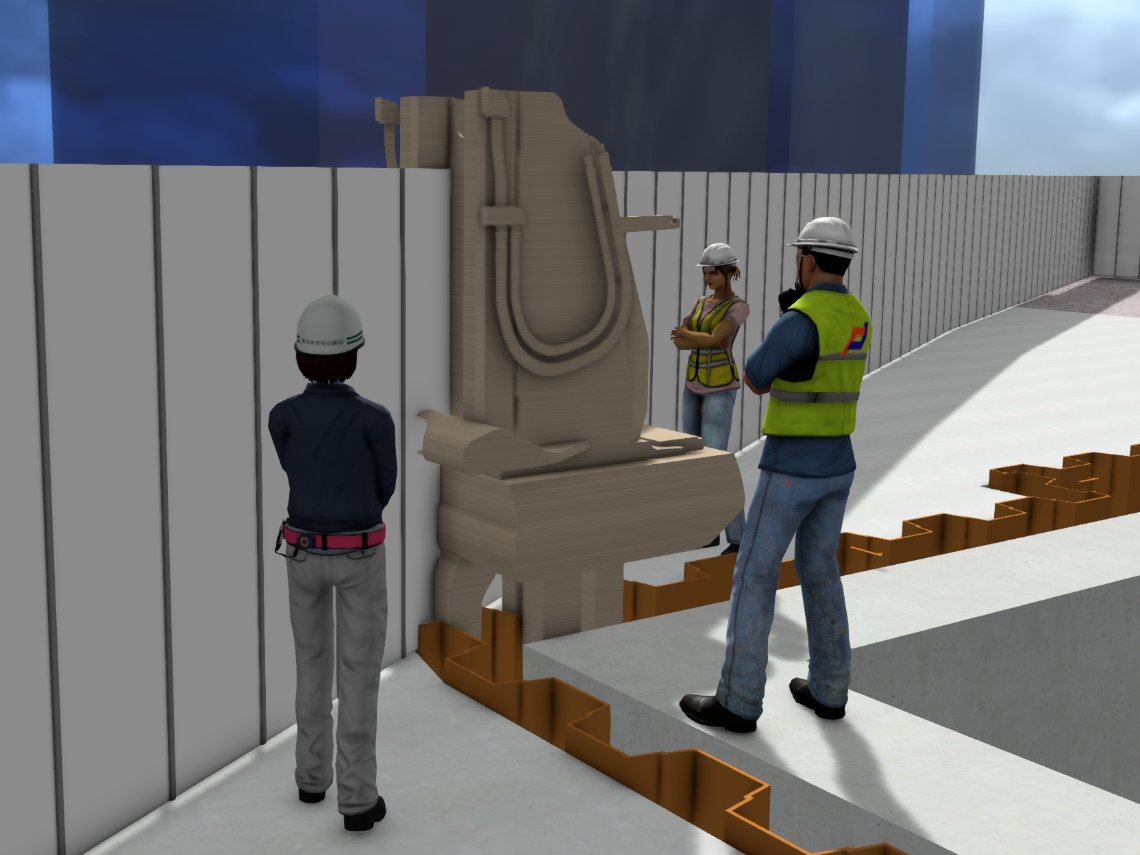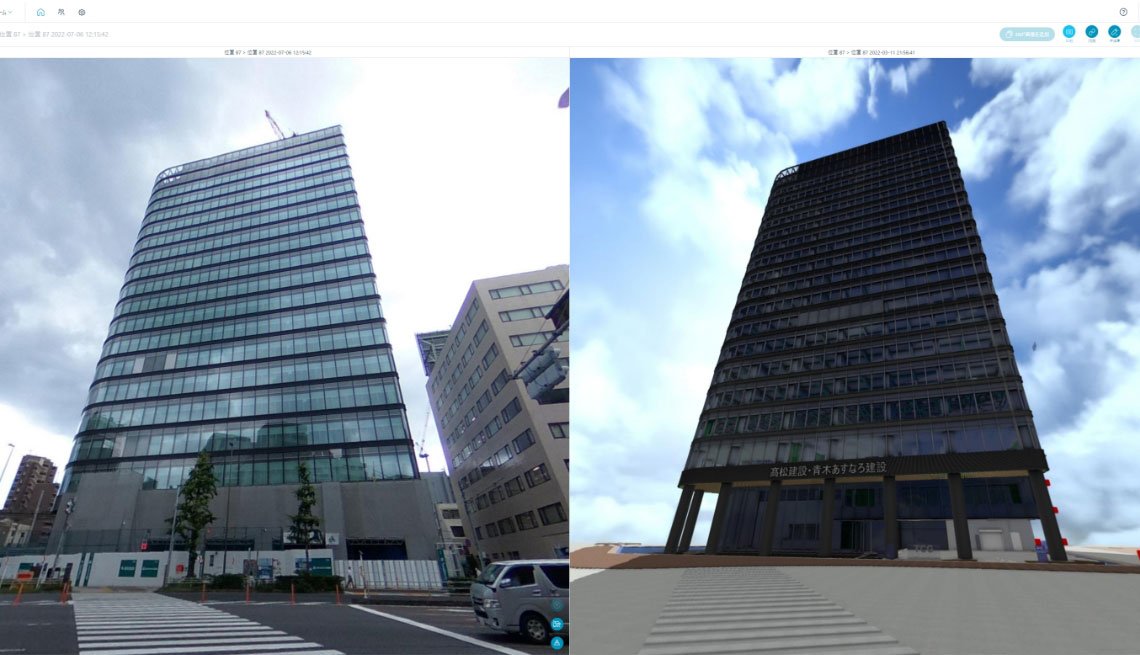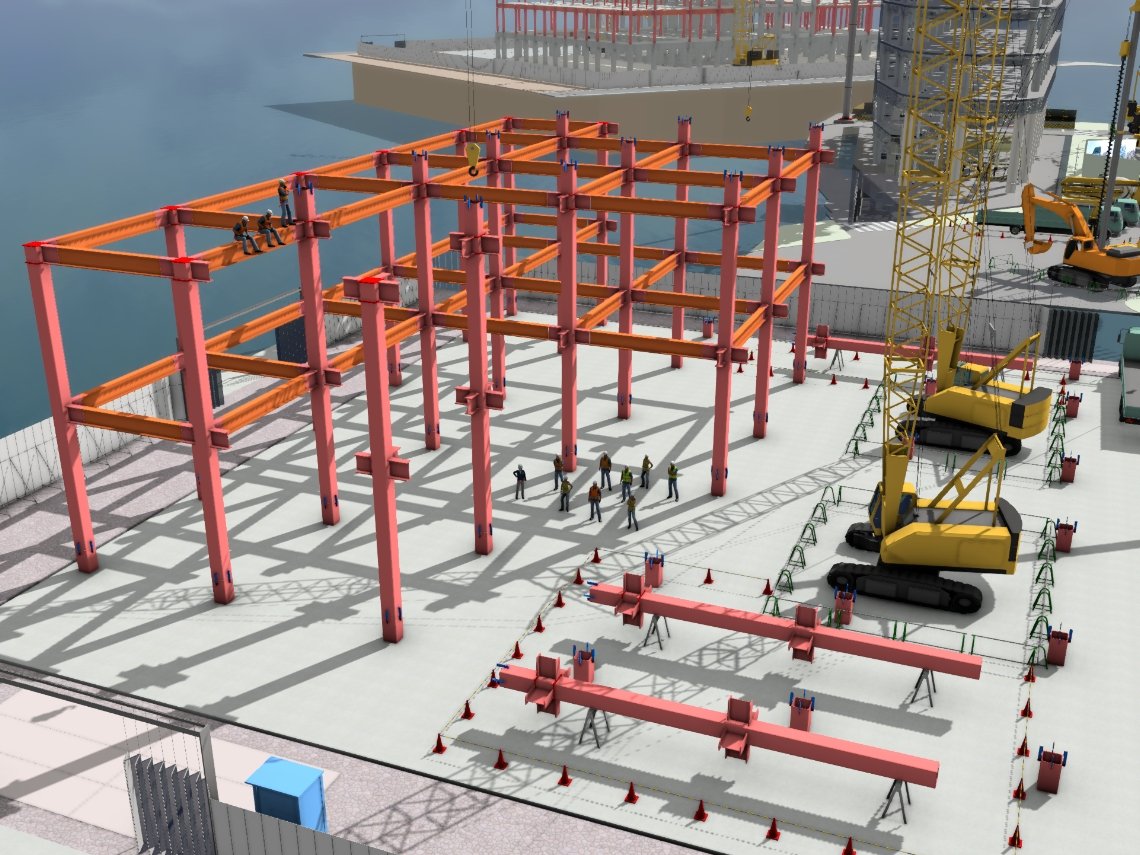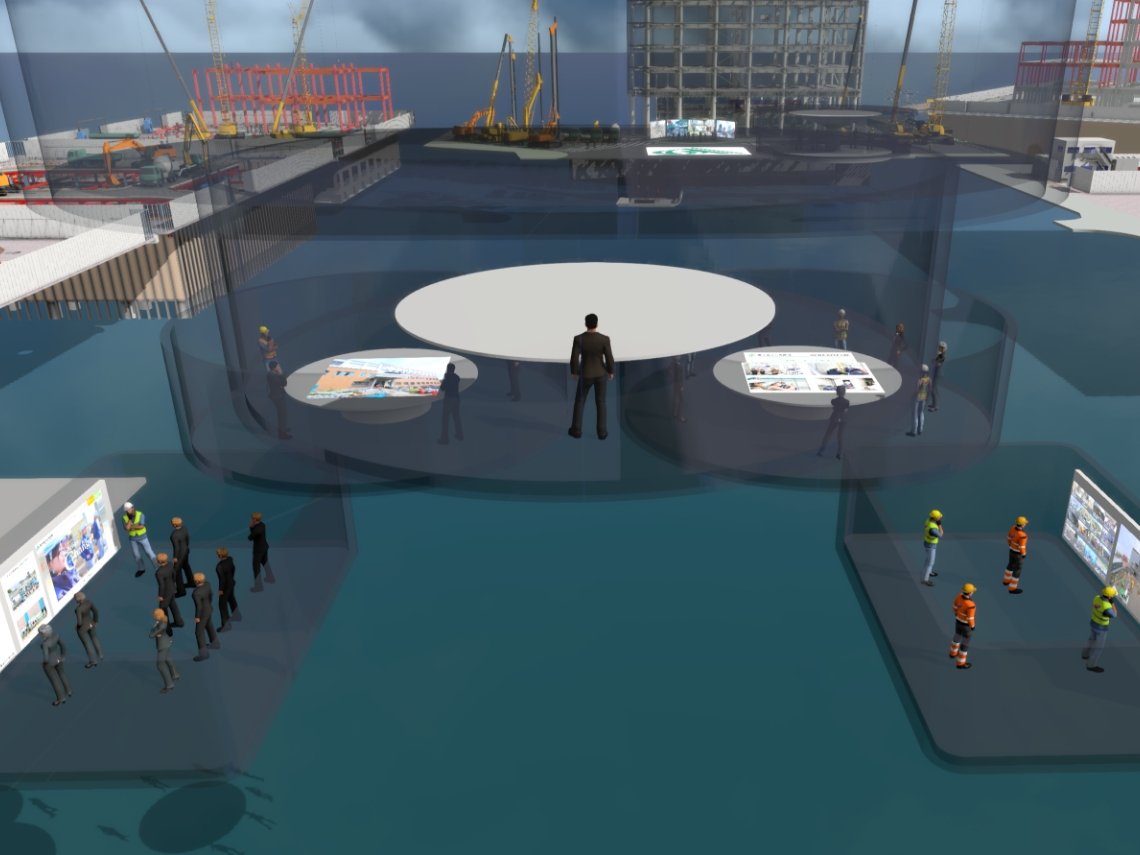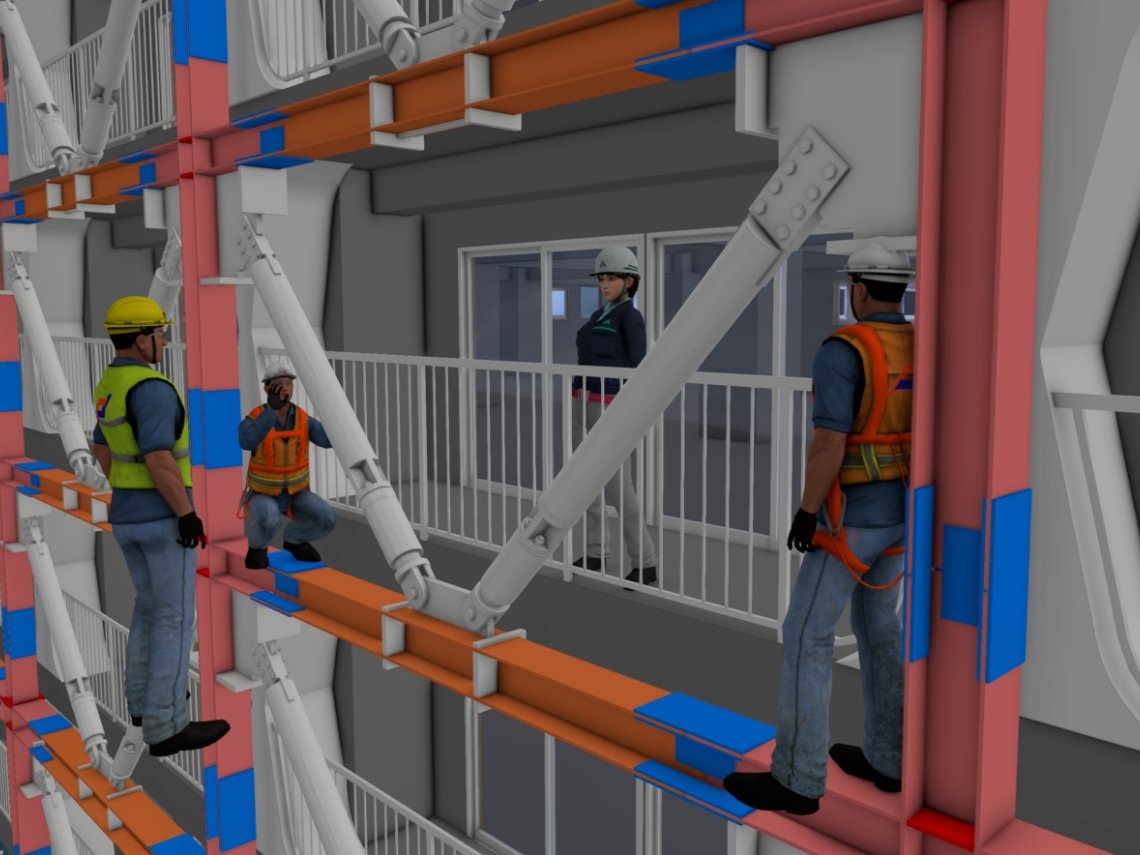1. Outline of Institute of Technology
(1)"Tsukuba," the Center of Science and Technology
TCG Institute of Technology (photo 1) was established in 1993 as the research institute for construction technology for TCG Group company Asunaro Aoki Construction, located in Tsukuba Science City, which has been leading the world in science and technology, located in an area rich with nature and adjacent to the University of Tsukuba. Currently, we operate as the Takamatsu Construction Group Institute of Technology and engage in development of technology to improve corporate value of Asunaro Aoki Construction, Takamatsu Corporation, and TCG Group companies.
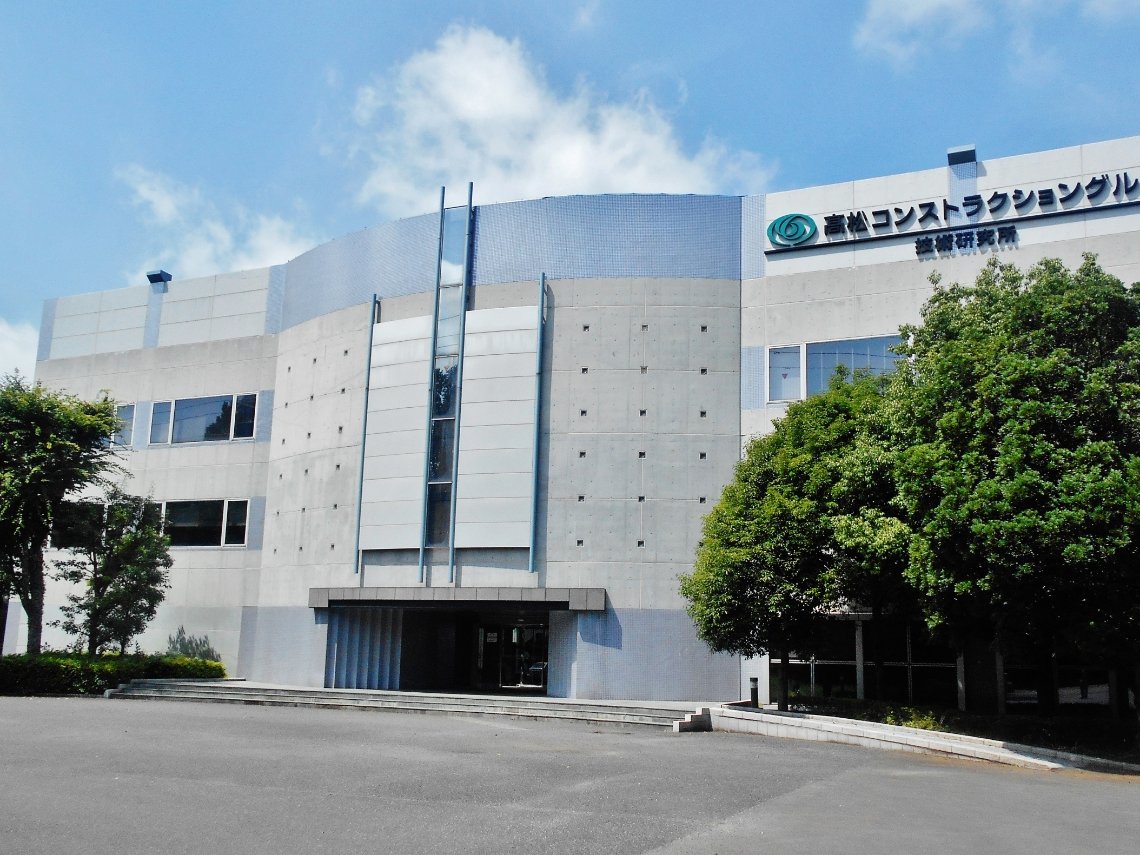
Photo 1. Institute of Technology (front entrance)
(2) Main Facilities
The Institute of Technology campus incorporates the management building, experimental building, outdoor experimental yards, and aggregate yard, which covers an area of about 18,000 m2, with a construction area of about 3,000 m2 and a total floor area of about 9,000 m2. The management building and experimental building are RC buildings with three floors above ground. Management building houses the entrance hall, exhibition room, large conference room, and library. The experimental building has several laboratories and experimental rooms.
The large roof structure between the experimental building and the management building is utilized as an experimental building for large structures (Photo 2). A large reaction force wall (12 m high x 17 m wide x 2.5 m-thick prestressed concrete construction) with a large reactive force floor (width 17 m x 20 m) Is located at the center of the experimental building. There are four large capacity actuators in the building, permitting structural experiments for civil engineering and architectural purposes.
These facilities were also built 30 years ago, and it Is time to consider renewal or renovation applying the same criteria as for social capital.
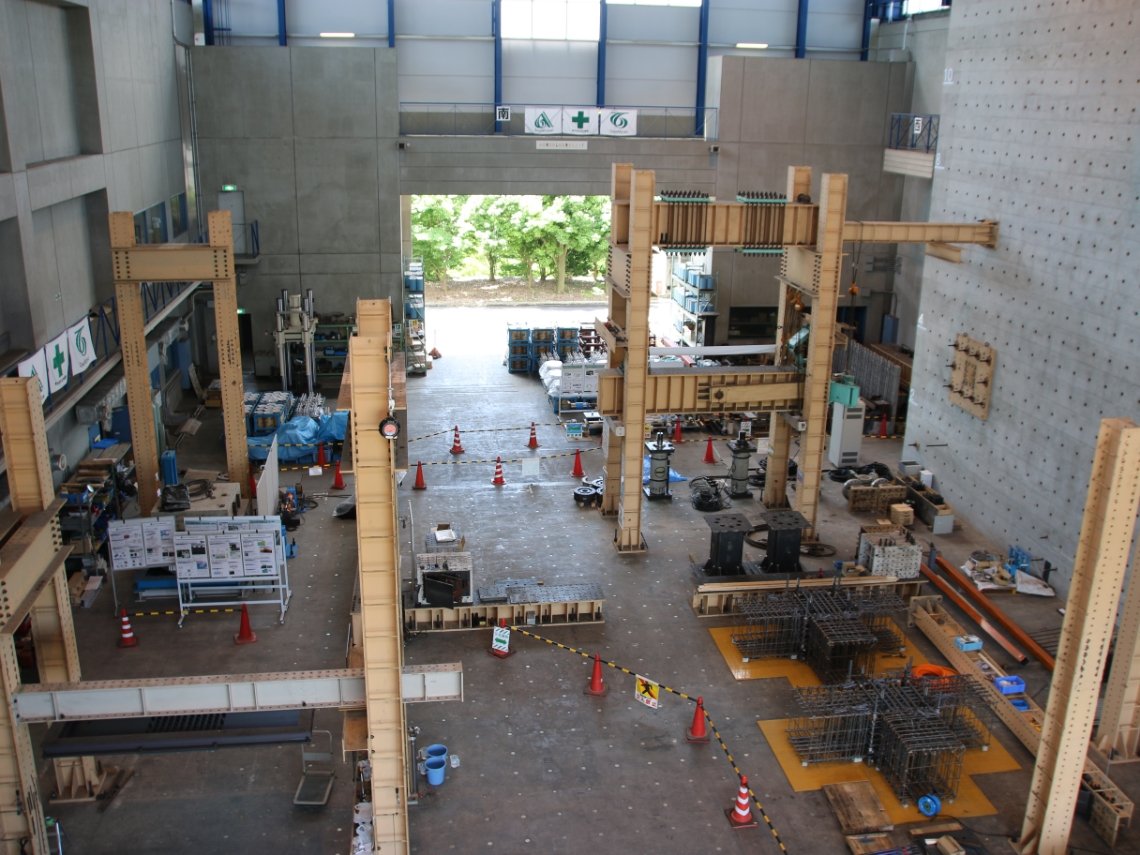
Photo 2. Large structural experiment building
2. Technology Development Structure
The Institute of Technology serves as a technology research institute for Takamatsu Corporation and Asunaro Aoki Construction, comprising of three research departments (Structural Research Department (Architectural Structure Laboratory, Civil Engineering Structure Laboratory), Materials Research Department (Concrete Laboratory, New Materials Laboratory), Mechatronics Technology Department (Mechatronics Group, ICT Group) and the Research Management Department (Development Office, Intellectual Property Management Office). As of October 2022, there are 47 employees, of which 7 are female researchers.
Each laboratory Is responsible for special technical development of the entire construction field, such as civil engineering, construction, environment, and disaster prevention. We are engaged in technological development and providing support for the sites, aiming at technological application ten years from now, in cooperation with the technical headquarters and the new business headquarters at the headquarters of our group company.
3. Examples of Technology Development
(1)Development of Seismic Ceiling Construction Method
(1)Development of Seismic Ceiling Construction Method
"AA-TEC construction method" (Photo 3) (patent acquired in 2017) was applied to enhance suspended ceilings with height exceeding 6m (maximum horizontal seismic intensity of 2.2G) (high degree of damage occurred in the Great East Japan Earthquake) as earthquake-resistant celling construction method corresponding to the 2016 standard requiring ceilings without clearance with walls. Following the proof-of-concept experiment, we acquired a building technology performance certificate.
Application to music halls and clean rooms are expected, and we would like to make social contribution with the technology.
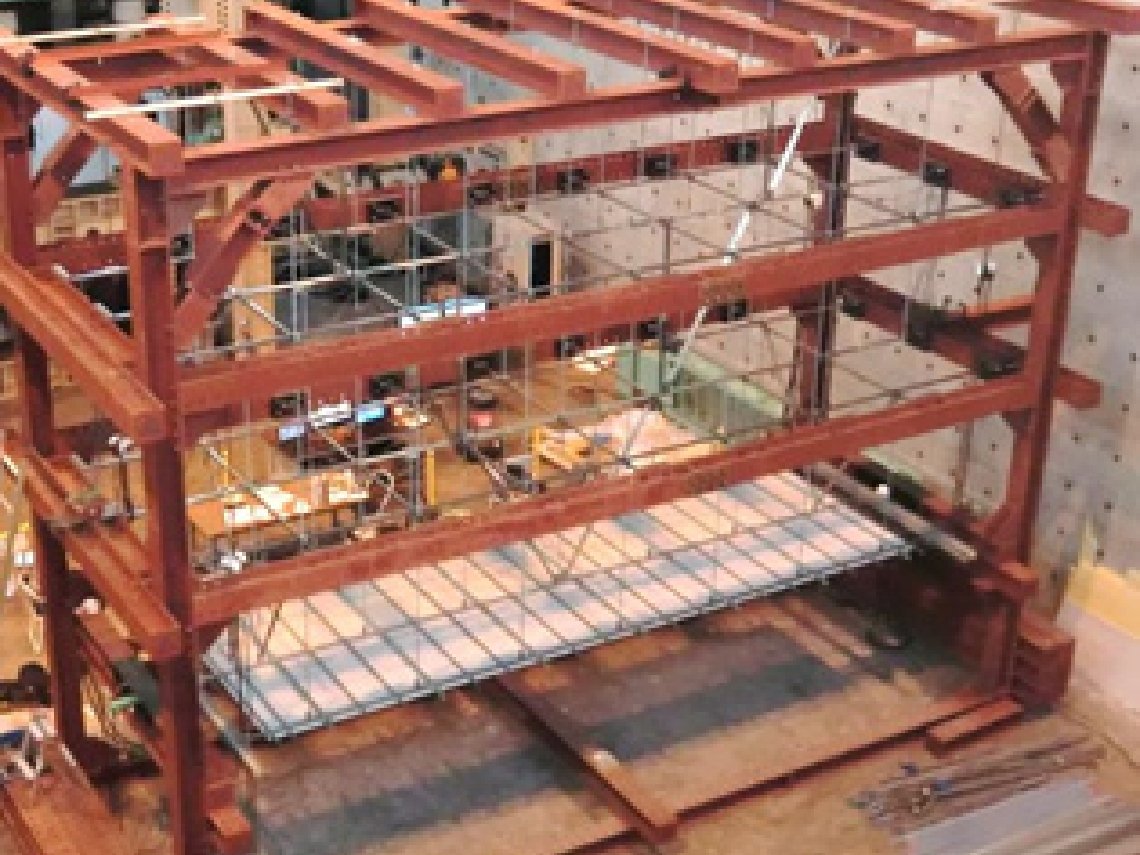
Photo 3. Experimenting the AA-TECH method
(2)Improvement of Earthquake Resistant Bridges Using Friction Dampers
Asunaro Aoki Construction developed construction methods to improve the earthquake resistance of bridges using friction dampers in collaboration with the Metropolitan Expressway Co., Ltd. Damages to the pier base can be significantly reduced by installing friction dampers on bridges. In addition to application to the fixed bearing, development Is underway with a view to expand the scope of application to expansion bearings. Experiment using the large shaking table at the Public Works Research Institute was successfully completed in 2022, and ultimately, we would like to create a seismic system for bridges for wide utilization.
Installation of six units to were completed in 2020 for Metropolitan Expressway Route 11 Daiba Line (Photo 4), with further installation of 26 units completed for Route 1 Ueno Line. Moreover, the superior technology of the friction dampers was acknowledged at the 23rd infrastructure Technology Development Awards with a prize (September 2021). We will promote commercialization of the technology and contribute to the society at times of earthquakes.
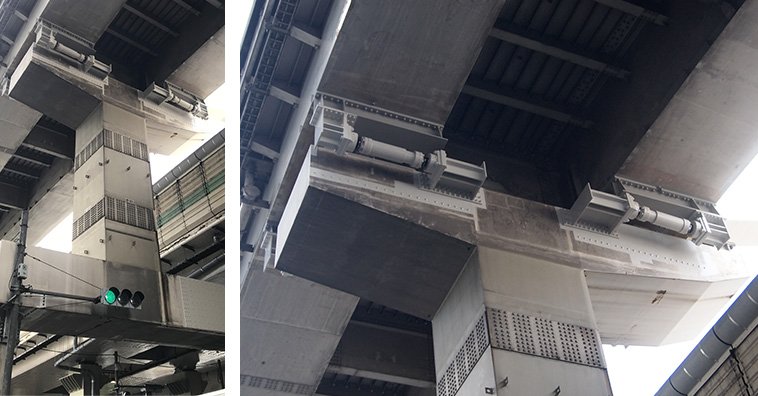
Photo 4. Bridge with friction damper Installed (Route 11 Daiba Line)
(3)Examples of Key Technology Development Initiatives
- Carbon pool (CP) concrete
- Salt and frost tolerant concrete product
- Composite exposed-type column bases
- Improve life cycle assessment with high-strength high-resistance environmental concrete
- Development of technology to reduce architectural slab weight
- Development of technology to improve quality of building frame using plasticized concrete
- Friction damper for new buildings using damping brace method
- Risk reduction with construction visualization
- Partial high strength reinforcing bar
- Bar arrangement inspection system (automated)
- Construction visualization management technology using Al
- Development of technology for computer-aided construction technology
- Development of education tool on construction technology
We are promoting development of various technologies related to design, construction, maintenance and management Including the above.
4. Role of Institute of Technology
We believe it is becoming increasingly important to develop technologies that contribute to continuous development and rapid progress of the business of the entire Group and for creation of new business domains In cooperation with the construction and marketing departments as the technology department of TCG to spread the technologies to the society. The results of development by the Institute of Technology are widely delivered to the customer as construction methods and products. Therefore, we would like to accurately capture the needs of the society and customers, select appropriate themes corresponding to the future construction demands, create social infrastructure through our business, and contribute to building social infrastructure with views toward the future including SDGs, carbon neutral, and green infrastructure with long-term vision.

